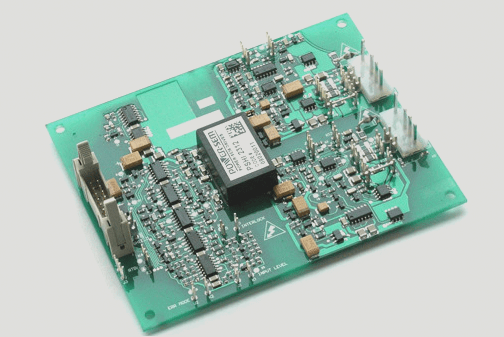Understanding Transient Responses in PCB Circuits
Transient responses in interconnects and power lines on PCB boards can lead to bit errors, timing jitter, and other signal integrity issues. To design a flawless circuit, analyzing transient signals is crucial in determining the necessary design steps.
Manual vs. Simulator Analysis
In simple circuits, transient signal analysis can be manually checked and calculated, allowing for the plotting of the transient response over time. However, for more complex circuits, manual analysis can be challenging. In such cases, utilizing a simulator for time-domain transient signal analysis proves to be highly beneficial.
Key Aspects of Circuit Behavior
For circuit simulation, transient signal analysis involves understanding the drive signal and initial conditions. The drive signal induces the transient response, while initial conditions describe the circuit’s state when the drive signal fluctuates or activates. By running simulations, you can observe how changes in signal levels produce transient responses.
Post-Layout Considerations
After schematic and layout analysis, post-layout simulations may suggest changes to reduce ringing in transient signal analysis. Adjusting loop inductance and capacitance can help increase circuit damping without altering impedance, thereby reducing ringing amplitude.
Pole-Zero Analysis for Insight
Pole-zero analysis offers an alternative perspective by transforming the circuit into the Laplace domain to compute poles and zeros. This analysis provides valuable insight into transient signal response behavior.
Enhancing Stability
The Importance of Understanding Circuit Stability in PCB Design
When reviewing a PCB schematic and layout, it is crucial to be mindful of potential instability, especially in circuits with feedback loops. While stable transients are common, circuits with strong feedback can experience unstable transient oscillations that amplify over time.
Amplifiers are a prime example of components prone to instability. Factors such as thermal fluctuations or a highly underdamped response in conjunction with strong feedback can lead to instability and saturation. In such scenarios, the circuit will drive the unstable amplitude to a fixed level.
During transient signal analysis, instability manifests as an exponential growth in output while in an underdamped state. In pole-zero analysis, instability is identified by a positive real part on the PCB board.
Latest Insights:
- Research indicates that implementing advanced stability analysis algorithms in PCB design software can help predict and mitigate potential instability issues early in the design phase.
- Engineers are exploring new techniques to improve stability margins in high-feedback circuits, such as incorporating adaptive feedback control mechanisms.
- Industry experts recommend thorough testing and simulation of circuits under various operating conditions to ensure stability and reliability in PCB designs.


